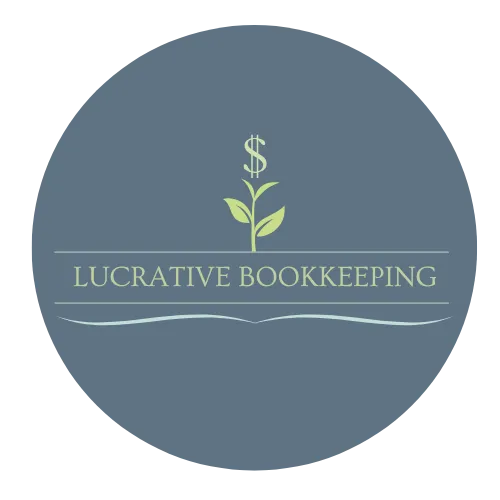Blog

Understanding Job Costing: A Guide for Construction and Trades Business Owners
Job costing is a valuable tool, especially for project-based businesses like construction companies or trades businesses. It involves tracking the costs associated with a specific job or project to determine its profitability. This allows managers or business owners to understand where their money is going, how to improve efficiency, and ultimately, how to price future jobs more accurately.
Let’s break down the essentials of job costing and how it can benefit your construction or trades business.
The Goals of Job Costing
There are three primary goals of job costing:
Understanding Profit or Loss on Each Job: Job costing allows you to see whether a particular project was profitable or not. This helps to understand the overall health of your business and make informed decisions about which types of projects to pursue in the future.
Comparing Actual Costs to Estimates: By analyzing the differences between your estimated costs and the actual costs incurred, you can improve your pricing strategies. If your estimates are consistently off, you may need to adjust your pricing, project management, or both.
Uncovering Inefficiencies or Excess Costs: Job costing helps you identify areas where costs are higher than expected. This might reveal inefficiencies in your processes, excessive waste, or other areas where improvements can be made.
The Three Key Costs in Job Costing
To effectively manage job costing, it’s important to understand the three types of costs involved:
Labor Costs: This includes both direct labor (efforts devoted to a particular job, like your employees or subcontractors working on-site) and indirect labor (like supervisors or maintenance workers). Direct labor costs are directly assigned to a job, while a portion of indirect labor costs are allocated as a percentage of overhead.
Materials Costs: These are the costs of materials that can be directly tied to a particular job. Properly tracking these costs ensures that each job’s expenses are accurately reflected.
Overhead Costs: These are the indirect costs that support the production of more than one job, such as utilities, rent, or insurance. Assigning a percentage of overhead to each job is needed to understand the full cost of the project.
Additional Benefits of Job Costing
Aside from its primary goals, job costing offers several additional benefits for your business:
Target Costing: With job costing, you can determine a target cost for each job. By subtracting your desired profit from the expected selling price, you arrive at a target cost. If your job costing indicates that the projected cost is too high, you can use value engineering to find ways to reduce expenses and meet your target.
Informed Managerial Decisions: Job cost sheets provide valuable data that can guide managerial decisions. If you notice that a job’s gross profit is higher than expected, you can investigate potential efficiencies that can be applied to future projects. If the gross profit is lower than expected, you can identify areas where costs might be spiraling out of control.
Strategic Pricing: Understanding job costs allows you to make informed decisions about pricing. You can evaluate whether to raise prices, adjust them to stay competitive, or look for ways to reduce costs while maintaining quality.
The Process of Job Costing
Interested in the process of job costing? Implementing job costing involves several important steps:
Create a Budget: While not technically part of job costing, it’s wise to start with a budget for each project. This sets the framework and provides a benchmark for comparison.
Create a Job Cost Sheet: This sheet will track all costs associated with a particular job, including labor, materials, and overhead. It should include key details like the job number, customer information, and relevant dates.
Record Materials and Labor Costs: Use source documents to track materials purchases and labor costs. Direct costs flow to the job cost sheet, while indirect costs are allocated to overhead.
Assign Overhead Costs: Overhead costs are not directly traced to individual jobs but are instead allocated based on a predetermined overhead rate. This ensures that each job’s total cost reflects both direct and indirect expenses.
Communicate with your bookkeeper or accountant: In using software like QuickBooks, your bookkeeper can track expenses and ensure that costs are properly coded to each project. It will require tight communication on your part though - make sure to help answer their questions so they can code expenses correctly.
Review and Adjust: Once the job is complete, compare the actual costs recorded on the job cost sheet to your initial budget. Review the results with your bookkeeper or accountant and use the information to identify areas of efficiency or inefficiency.
Conclusion
Job costing is a powerful tool for managing your construction or trades business effectively. By understanding the true cost of each job, you can make informed decisions that improve your profitability, streamline your operations, and ensure your business’s long-term success. Implementing job costing may require some initial effort, but the insights it provides will more than pay off in the end.
If you would like help reviewing your numbers or finding out more about our services, schedule a free consultation: Click here to schedule your free consultation


Lucrative Bookkeeping
(727) 291-8857
690 S Main St. #783
Safety Harbor, FL 34695
Copyright © 2026 Lucrative Bookkeeping




